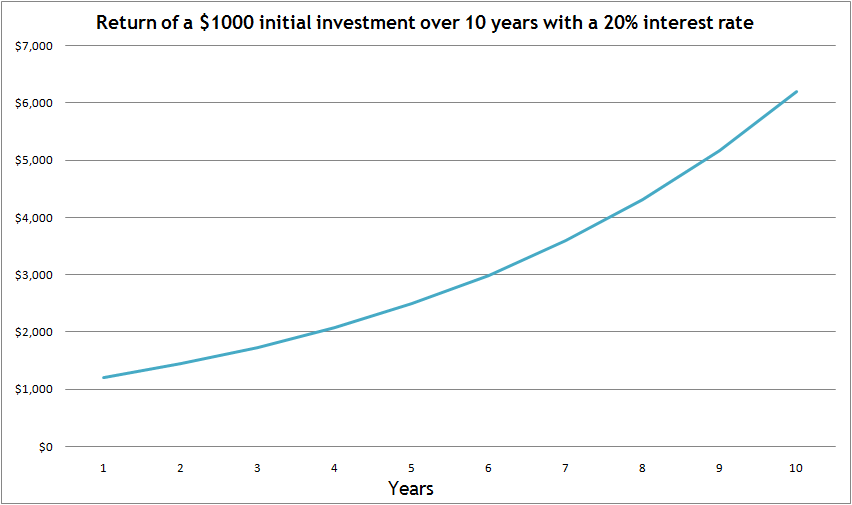Key Difference – Nominal vs Real Interest Rate
Nominal and real interest rates are two aspects that should be understood in relation to inflation, which is the general rise in price levels of goods and services. When inflation rates are high, interest rates tend to increase since the lenders of funds demand higher interest to compensate for the decrease in purchasing power, which is the amount of goods or services that can be purchased with a unit of currency. The key difference between the nominal and real interest rate is that while the nominal interest rate is the rate which is adjusted for inflation, the real interest rate is the rate that is not adjusted for inflation.
CONTENTS
1. Overview and Key Difference
2. What is Nominal interest Rate
3. What is Real Interest Rate
4. Side by Side Comparison – Nominal vs Real Interest Rate
5. Summary
What is Nominal Interest Rate?
The interest rate is the rate at which interest is charged on borrowings. Growing inflation reduces the value of borrowed money since higher interest becomes payable on loans. Nominal interest rate is adjusted to consider the effect of inflation.
Nominal Interest Rate = Real Interest Rate + Inflation Rate
What is Real Interest Rate
Real interest rate is the nominal rate minus inflation. In other words, this is the rate expected by lenders after allowing for inflation. Real interest rate amounts to the true return generated by borrowed or lent funds.
Real Interest Rate = Nominal Interest Rate − Inflation Rate
The most important use of real interest rate is that it facilitates investors with the knowledge required to factor in ‘time value of money’ in their financial decisions. When money is invested, one of the main factors affecting its value over time is inflation. With inflation, time value of money degrades over time. Considering the real interest rate helps to identify the ‘real return’ from an investment excluding the effects of inflation.
E.g. Assume that 5 products can be purchased for $1,500 from a supermarket today. In another two years’ time, the number of products that can be purchased from $1,500 will be lower since the prices may have increased.
Nominal and Real Interest Rate are interdependent on each other where the only variable between them is the rate of inflation. The relationship between Nominal and Real Interest Rate can be described using the below equation.
(1+r) (1+i) = (1+R)
r = Real Interest Rate
i = Inflation rate
R = Nominal Interest Rate
E.g. If the real interest = 5% and Inflation rate = 2% then the nominal rate will be,
(1+5%) (1+2%) = (1+R)
(1+0.05%) (1+0.02%) = (1+0.071)
= 7.1%
Since the real interest rate does not contain the effects of inflation it is lower than the nominal interest rate. The above equation was first introduced by Irving Fisher; thus, it is also referred to as ‘Fisher equation’.

Figure 1: Proper evaluation of interests is required for investments
What is the difference between Nominal and Real Interest Rate?
Nominal vs Real Interest Rate | |
| Nominal Interest Rate is adjusted for inflation. | Real Interest Rate not adjusted for inflation. |
| Time Value on Money | |
| Nominal Interest Rate does not account for time value of money. | Real Interest Rate accounts for time value of money. |
| Usefulness | |
| Nominal Interest Rate does not provide an accurate sense of investment return since it accounts for inflation. | Real Interest Rate is more accurate than Nominal Interest Rate since it calculates the actual rate of return excluding inflation. |
Summary – Nominal vs Real Interest Rate
The difference between nominal and real interest rate predominantly dependent on the inclusion or exclusion of the effects of inflation; while nominal interest rate includes inflation, real interest rate excludes inflation. Inflation affects a country’s economy in many ways and its impact on interest rates is a predominant one. The governments control the rate of inflation through monetary policy to reduce its negative impact on interest rates.
Reference:
1. Boundless. “Differences Between Real and Nominal Rates – Boundless Open Textbook.” Boundless. Boundless, 08 Aug. 2016. Web. 03 Mar. 2017.
2. “Nominal Interest Rate.” Investopedia. N.p., 23 Jan. 2014. Web. 03 Mar. 2017.
3. Mark P. Cussen, CFP®, CMFC, AFC. “Interest Rates Explained: Nominal, Real, Effective.” Investopedia. N.p., 07 Feb. 2017. Web. 03 Mar. 2017.
4. Irfanullah. “Time Value of Money (TVM).” Time Value of Money (TVM) Definition | Concepts | Application. N.p., n.d. Web. 05 Mar. 2017.
Image Courtesy:
1. “Interest rates and investing” By Mønobi – self-made (CC BY-SA 3.0) via Commons Wikimedia
ncG1vNJzZmivp6x7pbXFn5yrnZ6YsqOx07CcnqZemLyue8OinZ%2Bdopq7pLGMm5ytr5Wau266zqagp5mcYq6vsIyvqmaqlZa5brXNrZyrnaOperOt055m